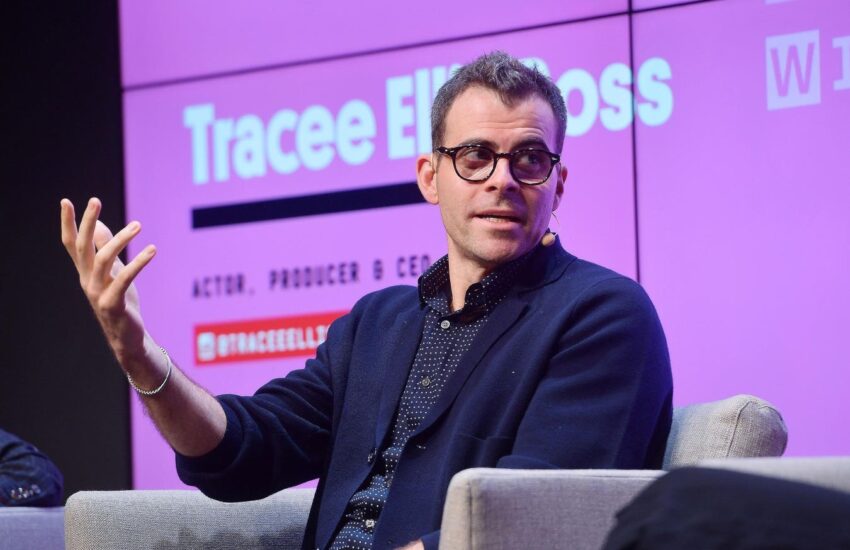SAN FRANCISCO, CALIFORNIA
In a recent statement Instagram head Adam Mosseri declared that the platform would not be pursuing long-form video content. This decision stands in stark contrast to competitor TikTok’s recent moves to expand into longer videos, setting the stage for an intriguing battle.
Mosseri’s Stand on Short-Form Content
Addressing a question from a creator asking whether Instagram would focus more on long-form video anytime soon, Mosseri was unequivocal in his response. “The answer is no,” he stated, before delving into the rationale behind this strategic decision.
Mosseri explained that Instagram’s core focus revolves around two primary functions: “One: connecting you with friends. Two: helping you explore your interests, usually through shortfrom video.” He emphasized the symbiotic relationship between these elements, stating, “You see an amazing video that makes you laugh out loud from a comedian doing a bit, and you send it to someone who you know is going to laugh just as loud as you did.”
This interaction, according to Mosseri, is at the heart of Instagram’s identity. He argued that long-form video could potentially undermine this core function: “If you watch a 10- or 20-minute video, you see less content from friends, you interact with your friends less, and you’re actually less likely to send that content or that video to a friend.”
Mosseri further clarified, “We’re not going to go after that business because it’s part of our core identity to connect people with friends and we don’t want to undermine that by going after longform video.”
TikTok’s Contrasting Strategy
While Instagram reaffirms its commitment to short-form content, TikTok is making significant moves in the opposite direction. The platform, which built its empire on bite-sized videos, has been gradually increasing its maximum video length.
In a surprising development revealed in May 2024, TikTok confirmed to TechCrunch that it is testing the ability for users to upload 60-minute videos. This feature is currently available to a limited group of users in select markets, marking a potential paradigm shift in the platform’s content strategy.
TikTok say that this move is in response to creator requests for more time to produce content such as cooking demos, beauty tutorials, educational lesson plans, and comedic sketches.
This shift appears to be a direct challenge to YouTube’s dominance in the long-form video space. By potentially allowing hour-long videos, TikTok is not only diversifying its content offerings but also opening up new possibilities for creators and even traditional media. For instance, this expanded time limit could allow for full episodes of TV shows to be posted on the platform, something that networks have previously had to break into multiple parts.
However, it’s important to note that TikTok has emphasized that there are no immediate plans to make this feature widely available. The company routinely tests new features, and not all make it to a full rollout.
The Battle for User Attention
The contrasting strategies of Instagram and TikTok highlight the ongoing debate in the social media industry about the optimal content length for user engagement. While Instagram bets on the quick, shareable nature of short-form content, TikTok seems to be hedging its bets by catering to both short attention spans and those seeking more in-depth content.
Implications for Creators and Advertisers
These strategic decisions have significant implications for both content creators and advertisers. Creators who have built their following on Instagram may need to adapt their content strategy to align with the platform’s focus on short-form videos. Conversely, TikTok’s move into longer videos opens up new opportunities for creators who prefer more in-depth content formats.
For advertisers, these changes mean reassessing where and how they allocate their social media budgets. Instagram’s commitment to short-form content may appeal to brands looking for quick, impactful messaging, while TikTok’s longer videos could attract advertisers seeking more comprehensive brand storytelling opportunities.
The Road Ahead
As the social media landscape continues to evolve, it’s clear that there’s no one-size-fits-all approach to content strategy. Instagram’s decision to stay true to its roots in short-form, shareable content reflects a confidence in its established model. Meanwhile, TikTok’s expansion into longer videos represents a bold move to capture a broader spectrum of user engagement.
Mosseri acknowledges that short-form video doesn’t always facilitate connection, but states, “We try and prioritize shortfrom video that does.” This commitment to their core strategy suggests that Instagram is betting on the power of brief, engaging content to maintain and grow its user base. Only time will tell which strategy will prove more successful in the long run.

